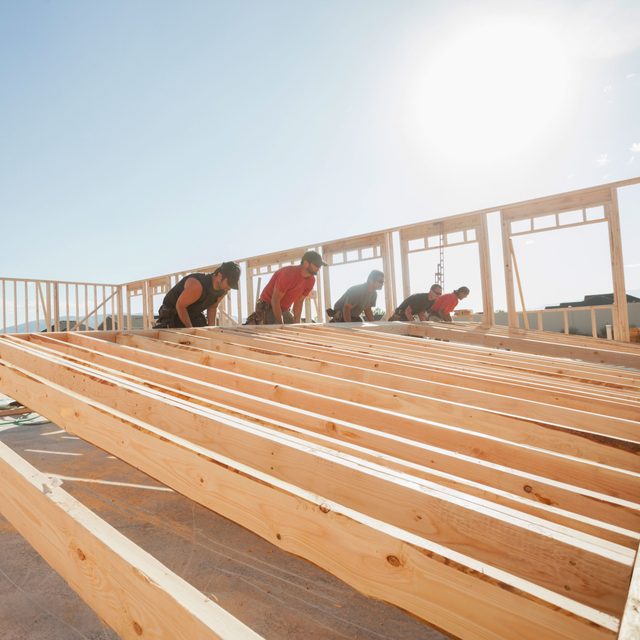Housing Starts End the Year at the Fastest Pace Since 2006

According to recently released government data, housing starts in the U.S. increased 5.8 percent to a seasonally adjusted annual rate of 1.67 million units in December. This increase was due mainly to a double-digit increase in single-family starts, which jumped 12 percent to a 1.34 million seasonally adjusted annual rate.
The overall seasonally adjusted rate of 1.67 million units, which represents the number of project starts that would occur if December’s pace was extended out over a 12-month period, marks the fastest pace for starts in well over ten years.
“The 1.34 million single-family starts pace in December is the highest since September 2006,” said Robert Dietz, chief economist for the National Association of Home Builders. “And while NAHB is forecasting further production increases in 2021, the gains will tempered by ongoing supply-side challenges related to material costs and delivery times, a dearth of buildable lots and regional labor shortages that continue to exacerbate affordability woes.”
The challenges facing the home building industry were reflected in the NAHB’s January housing market index, which saw builder optimism dip for the first time in months due to concerns over rising material costs and other COVID-19 related complications. Still, the factors that have driven historically high demand for housing over the last year remain mostly in place, making it unlikely that home building activity will drop off any time soon.
“Housing remains a bright spot in an otherwise weak economy,” Rubeela Farooqi, chief U.S. economist at High Frequency Economics, said in a note to Bloomberg. “Lean inventories will likely continue to provide support to building activity over coming months, mostly in the single-family sector.”
No comments